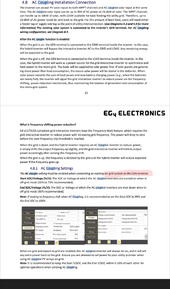400bird
Solar Wizard
If that was the case, why are nearly every battery inverter in this class designed with pass through relays, grid forming, etc?The main use of a battery and inverter is to store excess solar power in the battery then discharge it into your home as you need it when the sun goes down.
Sure, energy arbitrage is a valid use case (one that I employ), but I don't think this is the most common set up.
That's a lot of work and expense to not have grid down back up power.
You can have both, I do.





